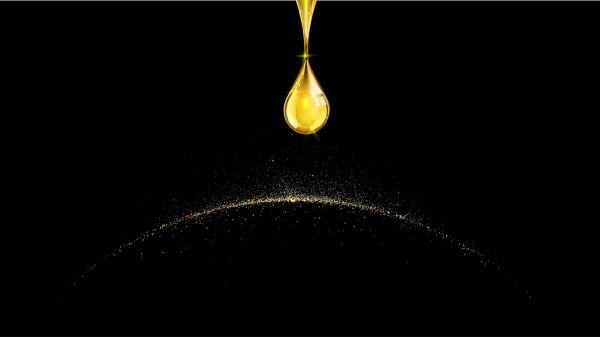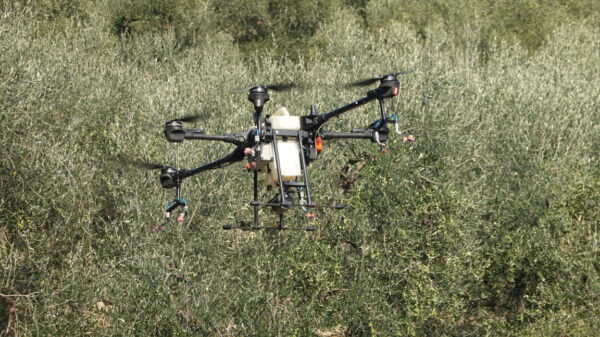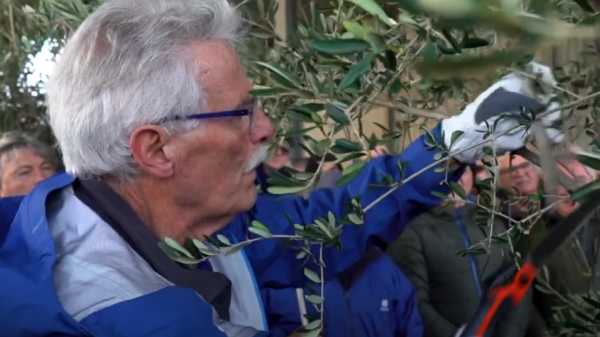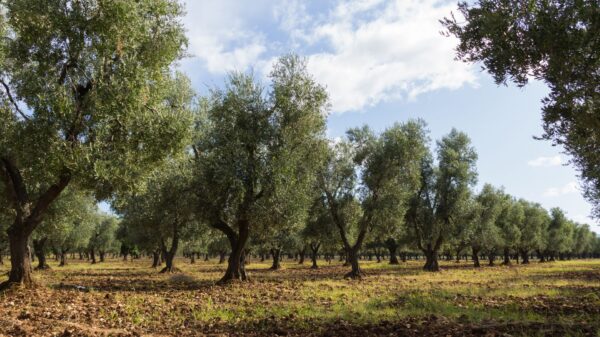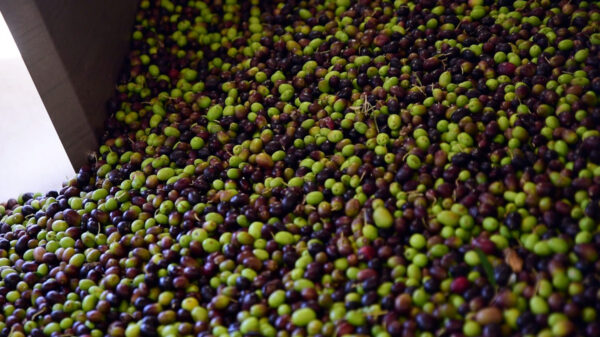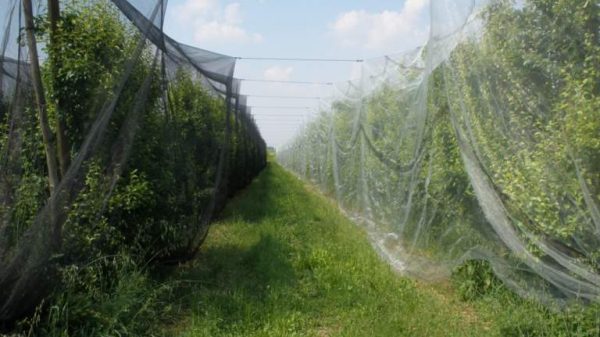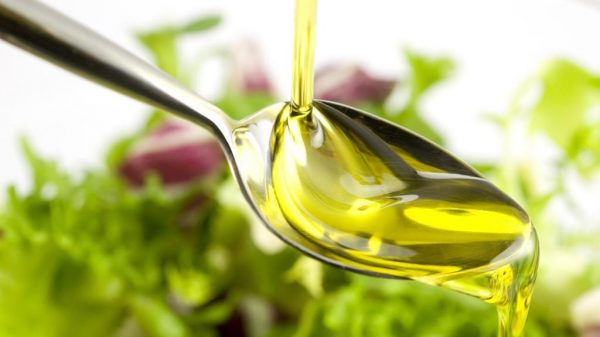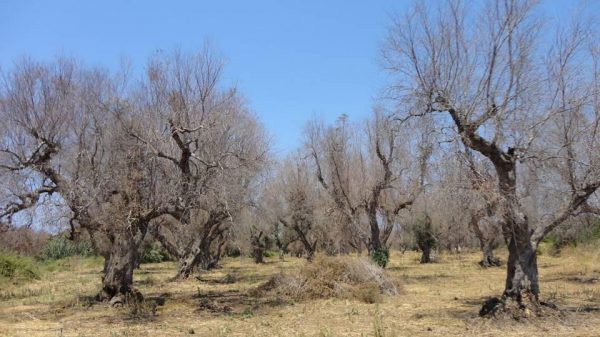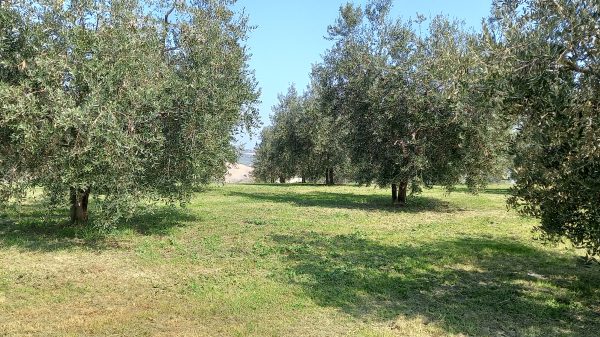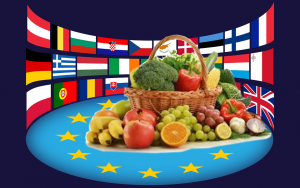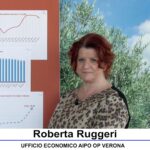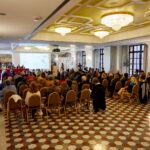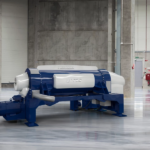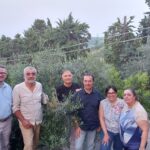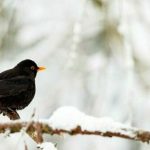In these days when the olive groves are strewn with nets, men and equipment, a chat with Giorgio Panelli, science communicator and point of reference for Italian olive growing (in the picture) it is always instructive. Because alongside effective phrases, such as "pruning during the harvest is for heretics", there are some practical advice, or perhaps it would be better to say reflections aloud, which are useful to listen to for everyone, expert olive growers and beginners.
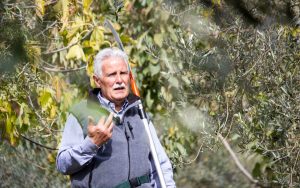 Doctor Panels, what can you tell us about this collection?
Doctor Panels, what can you tell us about this collection?
“That for the maximum efficiency of any harvesting system, the plant must express its natural productive potential to the maximum, with fruits concentrated in the lower portion of the canopy, where those involved in harvesting (and also pruning) find the best operating conditions. For the more casual, I point out that the olive tree and the producer have similar interests, the first living for the maximum production of seeds, the second for the maximum production of fruits. Therefore, the opportunity to operate in conditions of harmony and mutual respect seems evident, hence the convinced suggestion to adopt the polyconic vase training system which allows the best compromise between the physiological needs of the olive tree and the economic needs of the producer.
The objective is easily achieved by supporting the natural needs for expansion of the foliage, with which the plant achieves the best balance between vegetative and productive activity. However, it is necessary to limit the affirmation of the upper portion of the crown by reducing it only to the tops of the primary branches, to favor the affirmation of the lower portion where the productive activity can be concentrated.
The tops, necessary for the best functionality of the plant, have very little impact on the productive result and to those who complain about their excessive height with relative, possible harvesting problems, I suggest looking at the moon and not at your finger…”
During the mechanical harvesting phase, what damages does the plant risk the most?
“The most serious damage is certainly the debarking of the trunk by the vibrator clamp. This must be avoided on the one hand with correct maintenance of the caliper and on the other with skill in carrying out the manoeuvre. Intervention times are very important, so I suggest accepting collection yields that vary between 80 and 90% of the product, limiting collection times and methods to 10/12 seconds and 2 or 3 impulses. The desire to also recover the remaining pending production by prolonging the times and methods of the intervention involves the risk of damage to the wooden structures, the tops and future production, far exceeding the potential economic benefits”.
And instead, with the other collection tools?
“Harvesting with facilitators will be simplified due to the proximity of the fruit to the operators and the absence of wood in the fruiting area where the combs will be able to express themselves with maximum efficiency. In any case, once the harvest is complete, I suggest the administration of cupric products, especially in this era of climate change. Constantly mild temperatures together with constantly high atmospheric humidity are ideal conditions for the inoculation of the mycelium of parasitic fungi. The peacock eye is the most emblematic case, capable of causing the anticipated fall of the leaves with the consequent need of the plants to restore the processing organs to the detriment of future production. Precisely for this reason I maintain that copper should be administered frequently throughout the year even, where possible, in odd months (coinciding with the periods of greatest vulnerability) excluding, at most, the month of January. Copper is also an antibacterial so the benefits are also transferred to the prevention of mange due to the reduction of the bacterial load on the tree. Obviously, taking into account the regulations that limit the use of copper in agriculture, I suggest the use of low-dose products administered with limited volumes of water per hectare”.
Pruning now, better not talk about it, right?
“It must be said that the olives should be harvested by those who prune the plants and vice versa, because in this way they are not pruned at random. But they are absolutely irreconcilable operations together. An absolute principle applies: it is forbidden to prune during the harvest”.
di
